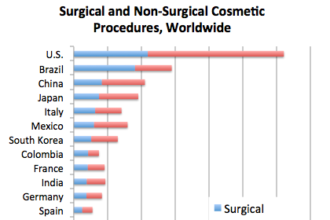HHS recently issued its final standards on how to rebate money from insurance carriers that fail to reach the Medical Loss Ratio (MLR) standards for 2011. This has sparked a new flurry of attention to the MLR issue, which requires insurers to spend no more that 20% of premium on administration in the small group and individual markets and 15% in the large-employer market.
HHS recently issued its final standards on how to rebate money from insurance carriers that fail to reach the Medical Loss Ratio (MLR) standards for 2011. This has sparked a new flurry of attention to the MLR issue, which requires insurers to spend no more that 20% of premium on administration in the small group and individual markets and 15% in the large-employer market.
Importantly, HHS decided not to exempt broker and agent commissions from being included in the administrative cost side of the equation despite a new National Association of Insurance Commissioners (NAIC) resolution urging it to do otherwise.
The Kaiser Family Foundation has taken a look at how this decision will impact various states. It finds that, while commissions average about 6% of premium in the individual market and 5% for the small group market, it varies widely from state to state. KFF writes:
Interestingly, the amount insurers spend on brokers compensation varies quite a bit from state to state. In the individual market, commissions range from less than 1% of premiums on average in Hawaii and Vermont to nearly 10% of premiums in South Carolina and Delaware. In the small group market, broker compensation accounts for less than 1% of premiums in Alabama and North Dakota, compared to about 7% of premiums in Utah and California.
The difference is due to a number of factors, but the biggest one is probably competition. If a single company has a near monopoly it is not necessary to spend much on marketing and sales.
This suggests a fairly obvious consequence of the MLR regulation. If monopoly leads to lower administrative expenses, and hence higher MLRs, due to low marketing costs, the opposite is likely to happen as well — a requirement for higher MLRs will lead to monopoly.
Dan Perrin, of the HSA Coalition, notes another consequence — instead of lowering the cost of coverage, the MLR will raise it. He argues that lower-cost “bronze plans” and HSAs will be banished from exchanges because both achieve their lower premiums by having higher out-of-pocket responsibilities. The out-of-pocket spending is not counted in the MLR calculation. He writes:
To repeat, just so everyone is clear: If an insurer pays for a health care service for their insured, the MLR rule counts that in their MLR rule. But if an individual pays for a health care service to meet their deductible, the MLR rule does not count that expenditure.
Let’s give an illustration:
- I buy an insurance policy with no deductible that costs $5,000.
- I have $4,000 in medical expenses.
- That is 80% of my premium, so the health plans is in compliance.
However:
- If I buy a policy with $1,000 deductible for $4,000 in premium,
- And still have $4,000 in medical expenses.
- I pay the first $1,000 directly to meet my deductible.
- The health plan pays the remaining $3,000
- That is only 75% of my $4,000 premium, so the plan is not in compliance.
Exact same total cost of coverage. Exact same medical expense. But one design complies and the other does not.
So, the consequences of the MLR regulation are:
- More monopoly, and
- Higher costs
And maybe that is why MLR regulations have never actually worked in the states that have adopted them over the years.
But, like everything else in ObamaCare, the law was enacted heedless of any evidence or logic and solely for political reasons.






